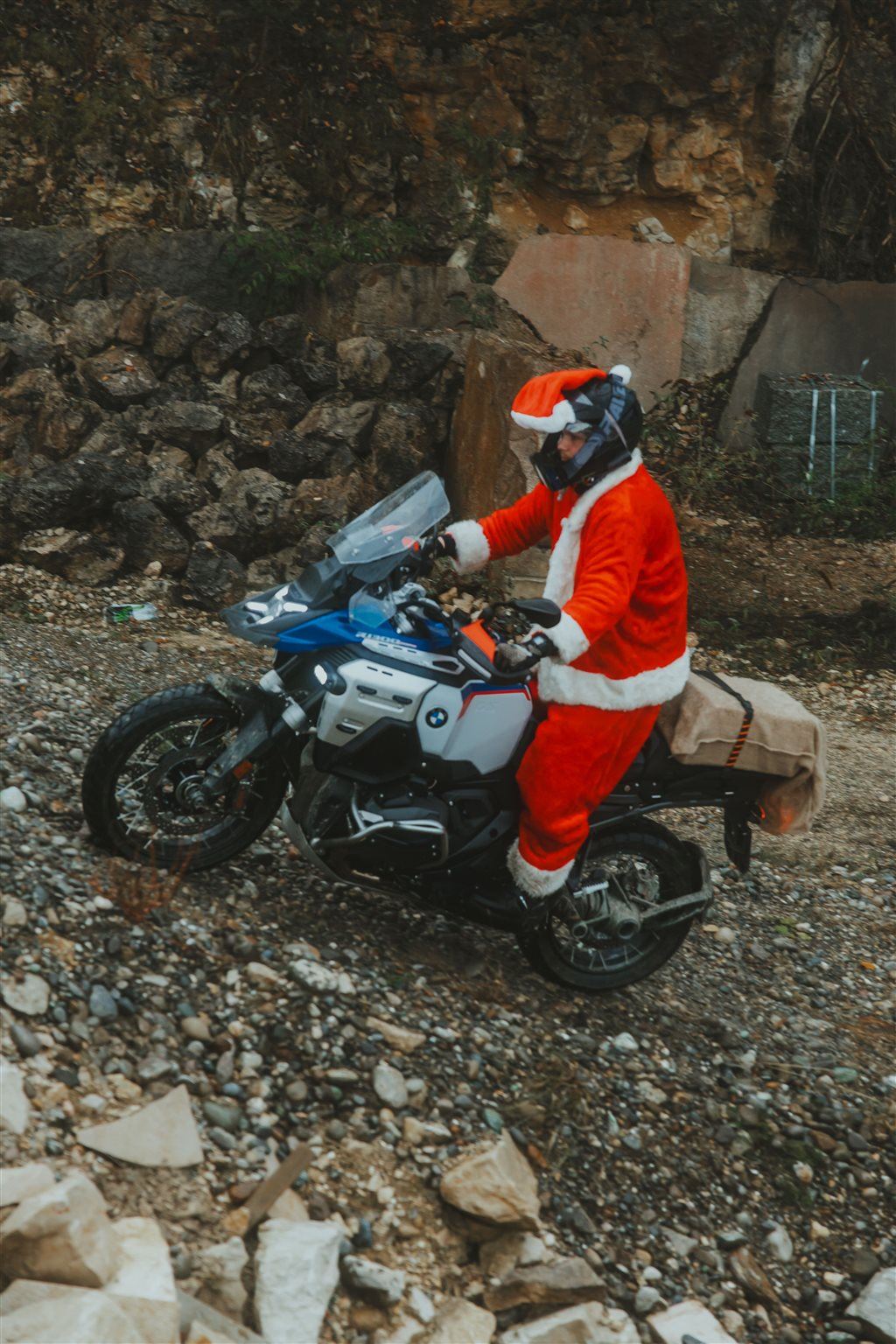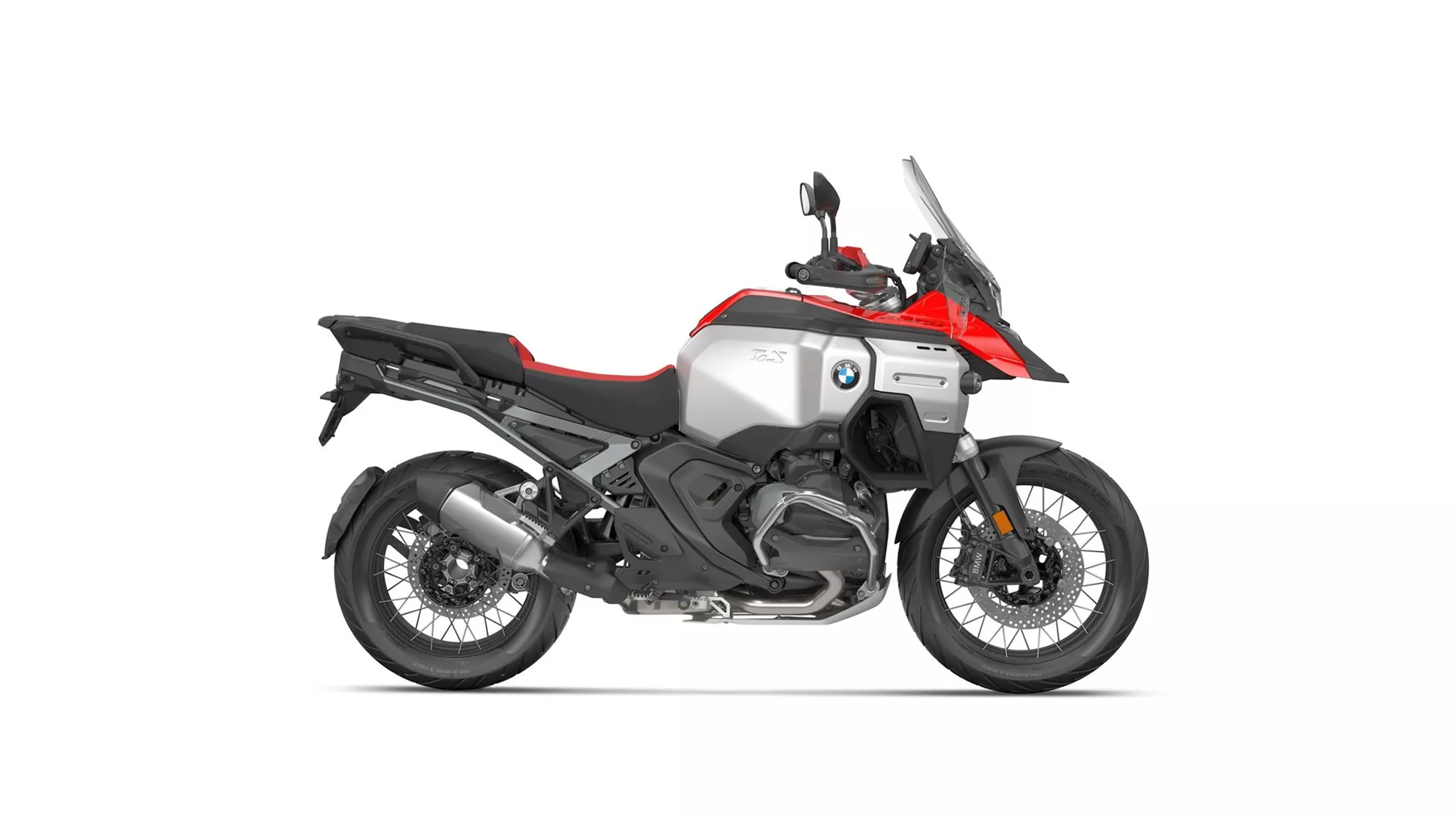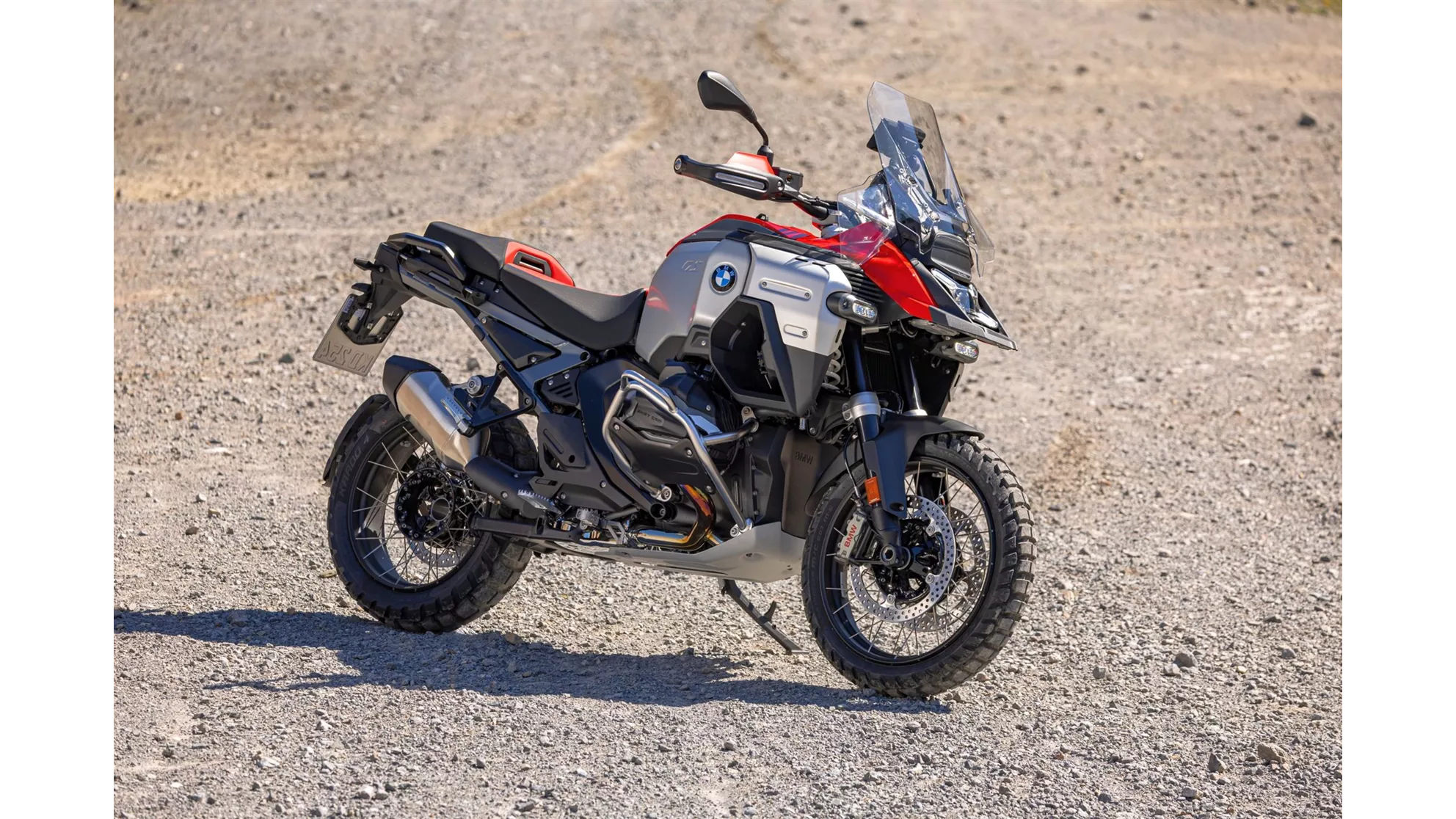The BMW R 1300 GS Adventure was eagerly anticipated by travel enthusiasts and warmly received when it finally hit the market. With its high modularity and versatility, it specifically targets riders seeking a motorcycle that can excel on long road stretches as well as in challenging terrain. However, the question arises: Is it really sensible to take a 1300 Adventure off-road?
There are undoubtedly better alternatives for riders who are constantly off-road. Lighter, more agile machines are specifically designed for such use and are significantly easier to handle. But for many GS Adventure enthusiasts, occasional off-roading is simply part of the experience—especially on long journeys. The further you venture from the well-developed roads of Central Europe, the more likely you are to encounter unpaved paths or challenging passages. Particularly in remote regions in the east or south of the world, a motorcycle's ability to withstand such challenges is a crucial factor.
The GS 1300 Adventure aims to excel here: as a motorcycle that can also hold its own in situations off the paved path, without sacrificing the comfort and long-distance capability for which this model series is known.
And when you look at the GS 1300 Adventure, it appears at first glance exactly as you would expect: a machine clearly designed for long-distance capability. The enormous fuel tank that protects the legs well from wind and weather, the huge windscreen with small winglets on the sides for additional wind protection—all of this screams comfort over long distances. But when the motorcycle is on the center stand and you try to take it off, you inevitably think: "There's no way you can take something like this off-road."
But is that really the case? That's exactly what we want to find out in this report.

&width=72&height=72&bgcolor=rgba_39_42_44_0&mode=crop)





&width=60&height=60&bgcolor=rgba_39_42_44_0&mode=crop)


























































